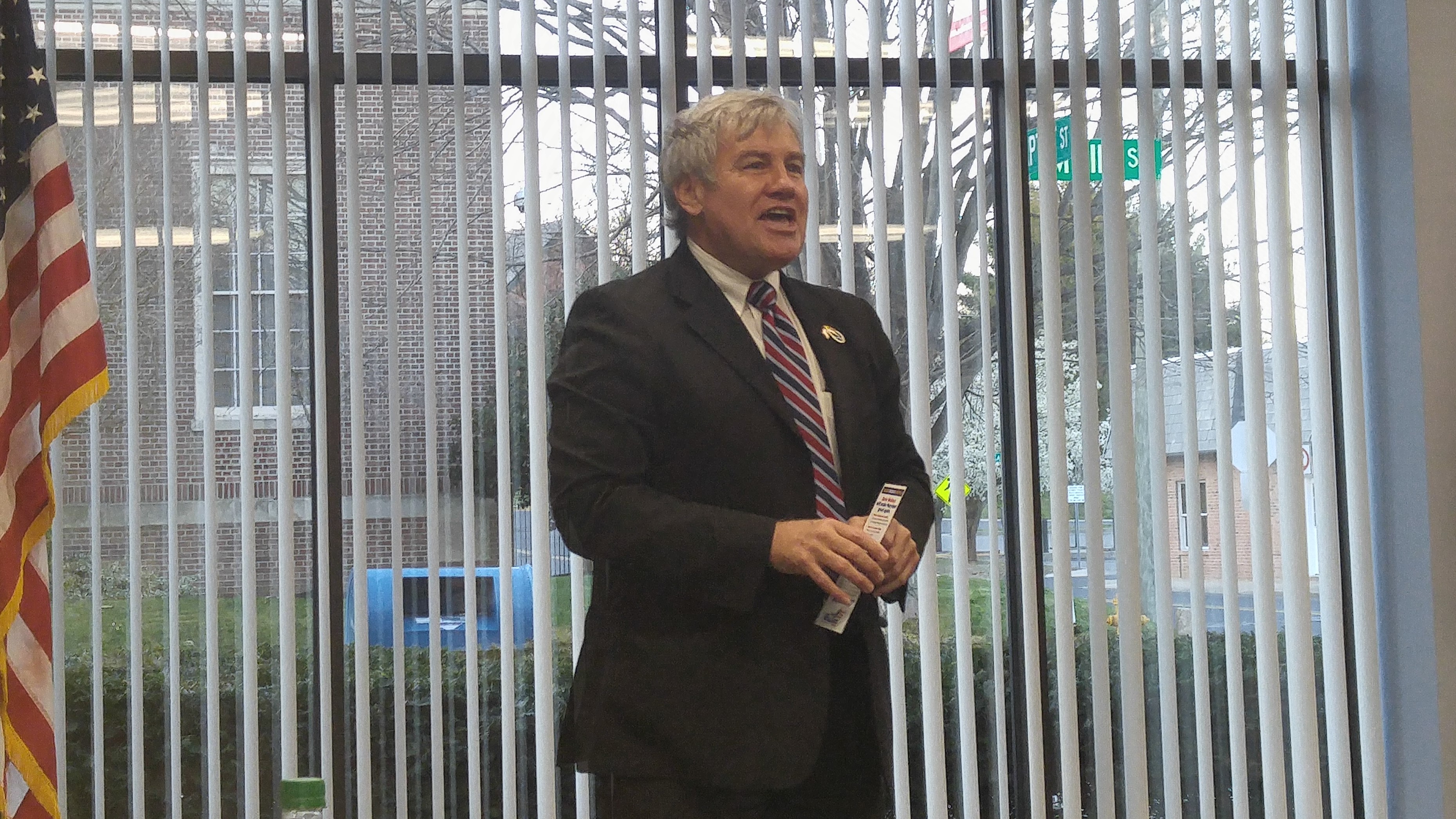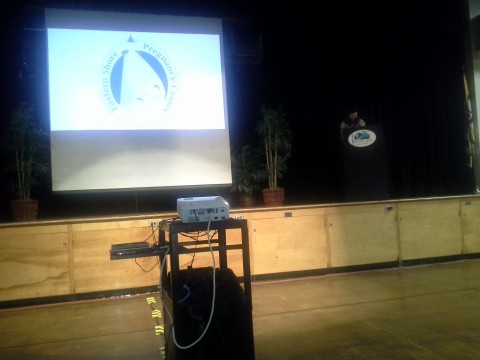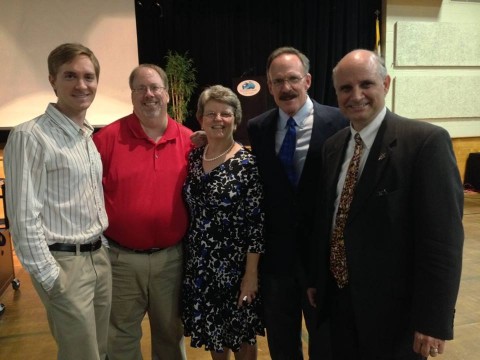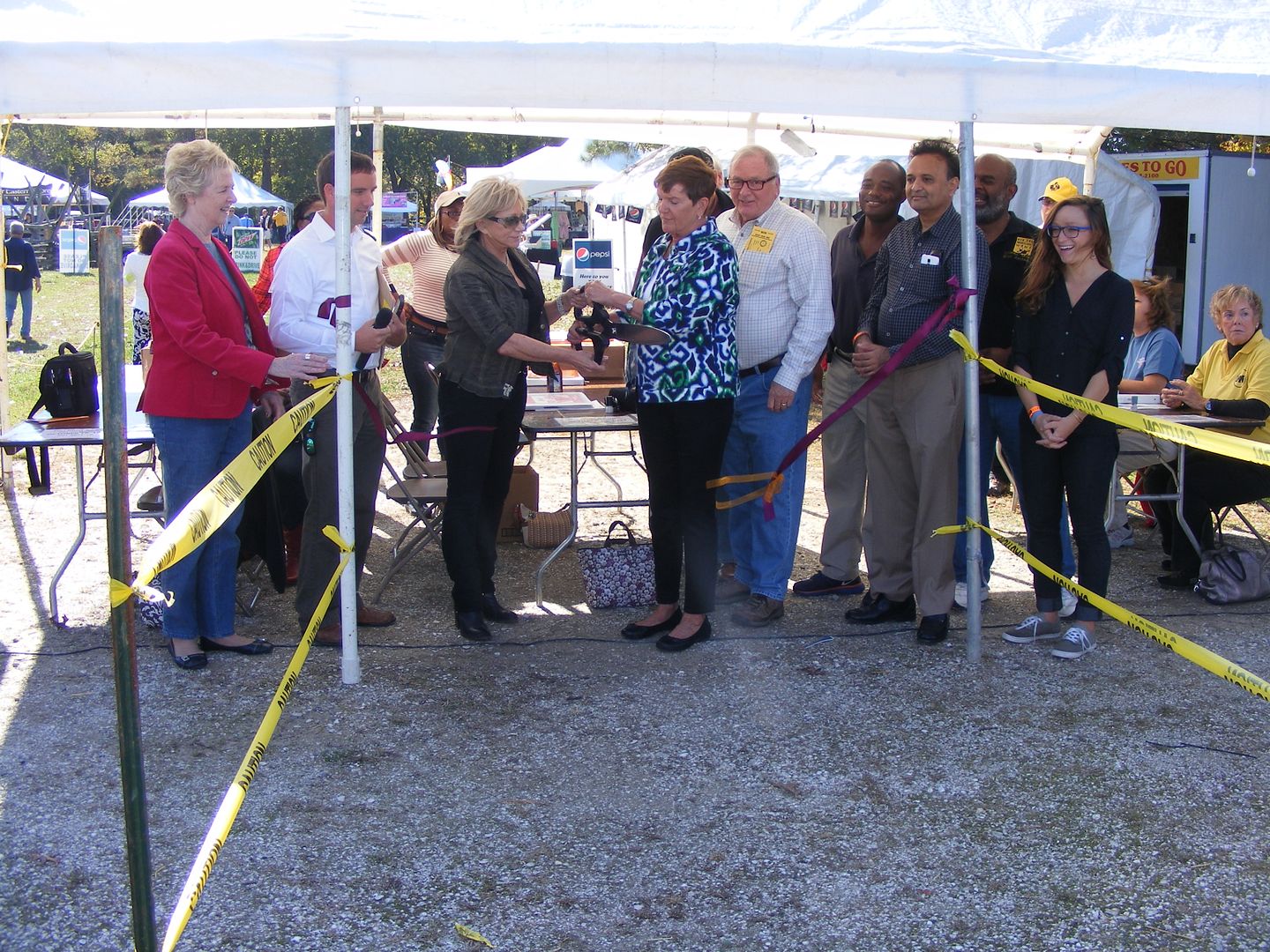Today’s second part of a four-part series goes over the 2016 monoblogue Accountability Project (mAP) and the votes where Mary Beth Carozza and Jim Mathias have parted company. 2016 turned out to be the final year I included committee votes in the 25 that made up the annual assessment of the Maryland General Assembly; however, Jim could have voted on a bill in his Finance Committee that the House voted through but he missed the opportunity by being excused from the vote. (It’s worth pointing out that neither Carozza nor Mathias were absent from an mAP vote this term.)
In 2016 Mary Beth Carozza reached her all-time high score of 76 on the mAP by being credited with 19 correct votes and just 6 incorrect ones. Meanwhile, in the Senate Jim Mathias plummeted to a score of 12 on the mAP by making just 3 correct votes and 21 incorrect plus the excused vote, which goes down for my record as incorrect but not penalized.
As a bit of foreshadowing, Jim’s low score is representative of his last three sessions as the partisan lines have hardened in the Maryland General Assembly – that score of 12 ties for his highest score in the last three sessions. It’s reflected in his scores over the years: while he scored out to an average of 16 in the House from 2007-10, his last three sessions there drove down a reasonably centrist average established in his first two sessions (2007 Regular and 2007 Special Session.) His initial opposition to Martin O’Malley’s radical policies melted down to compliance by the end in MOM’s first term, and Jim followed the same trend in MOM’s second: a 36 score in 2011 eroded to 34 in 2012, 24 in 2013, and 19 in 2014. (By comparison, Jim’s shotgun 2014 opponent thanks to gerrymandering of the local districts, former Delegate Mike McDermott, had respective scores in that same term of 88, 88, 82, and 80. Talk about a missed opportunity!)
In a case of blind squirrel, Jim’s three correct votes were also Mary Beth’s correct votes. And since none of the six committee votes between the two were common votes, it leaves a total of 13 votes where Mary Beth voted the right way and Jim incorrectly.
We already discussed the “travel tax” yesterday in the 2015 review, but I added the veto vote to 2016’s total. It created a bit of confusion on my chart as the SB190 designation was also given to the FY2017 budget voted on in 2016 – both voted incorrectly for the overly generous budget in that case.
One theme in 2016, though, seemed to be a partisan reining in of the executive branch. It began with a measure – sent to voters in a slightly amended form – dealing with the replacement of the Attorney General, Comptroller, or United States Senator mandating he or she represent the same party as the departed official (HB260). Voters approved the change to Attorney General and Comptroller succession in 2016, but as I noted at the time, “It’s amazing how these types of bills come up when there’s the slightest chance someone other than a Democrat could be placed in a statewide position.” If it were truly an issue, where was it in 2012 or 2014? Similarly, the two parted ways on a bill (SB973) placing a prohibition on certain types of political donations on behalf of departmental secretaries (who are appointed by the Governor.) It wasn’t an issue before Larry Hogan arrived?
A more important front on the war against Larry Hogan, though, were multiple bids to increase mandated spending. In the mAP’s case, it was requiring additional capital spending on schools with increased enrollment (HB722/SB271), expansion grants for preschools (HB668/SB584), shelter and transitional housing facilities for homeless individuals (HB1476/SB797), additional debt or a toll increase to replace the U.S. 301 bridge over the Potomac River in Charles County (SB907), college early commitment programs which duplicate private-sector efforts (SB1170), and two new programs: a new Maryland Corps program based on the federal Americorps (HB1488/SB909) that immediately secured about $2 million a year for state funding, and a second (HB1402/SB1125) that established a $7.5 million annual fund to expand school time into off-hours and the summer but required local matching grants. All these may be worthy efforts and many were already well-funded on a discretionary basis, but Jim Mathias voted to tie Larry Hogan’s hands and Mary Beth Carozza did not.
There were also environmental bills that seemed to be overly restrictive yet broad-based: a ban on neonicotinoid pesticides (SB198) that was based on a theory they were eradicating bee colonies was one such bill, while the state’s market-bending renewable energy portfolio (read: solar energy-promoting boondoggle that, in practice, fattens state coffers) came up as HB1106 – both were supported by Mathias and rightly opposed by Carozza. In the latter case, in 2017 Mathias voted to override Governor Hogan’s veto of the bill while Carozza tried to sustain it.
Businesses were basically spared in the 2016 session, but one provision the Big Labor-friendly Mathias supported over Carozza’s opposition was on significantly increased liquidated damages for employers who, in the parlance of the bill, “reasonably should have known” it was a (so-called) “prevailing” wage job (yeah, that’s a clear statement there) yet fail to pay that wage (HB689/SB1009). It was funny to see that the employee would get the wage shortfall but the state gets the damages, even though they weren’t harmed.
They always say the third year of a General Assembly term is the one that has the most ambitious agenda from members seeking election, and 2017 was no different. I’ll look at that in tomorrow’s third series installment.














 “We need more men and women that would choose life,” McDermott added. He was one of a handful of local politicians who attended; a number that was cut down somewhat by a competing event at the same facility. On another day I would have liked to attend that event, but this was a day to celebrate life.
“We need more men and women that would choose life,” McDermott added. He was one of a handful of local politicians who attended; a number that was cut down somewhat by a competing event at the same facility. On another day I would have liked to attend that event, but this was a day to celebrate life.

























